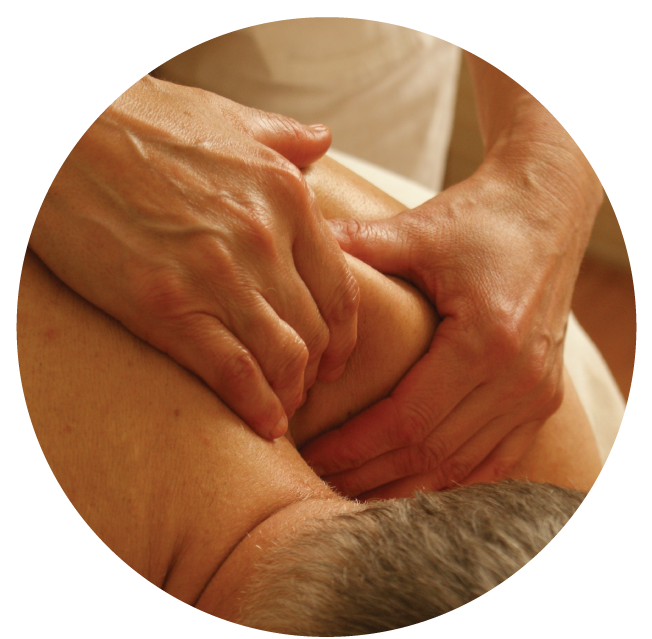 FAST FACTS: Nondrug Treatment: Massage
Massage is provided by either using mechanical devices (personal massagers) or through the hands of an individual by using light pressure to rub, stroke, or knead parts of the body. Massage works by soothing pain and relaxing tense muscles, addressing specific locations of pain, or relaxing the whole body and improving circulation. 
Massage Application Guidelines
Directions
Notes
What Else You Shold Do
References:
|
Revised January 2022
